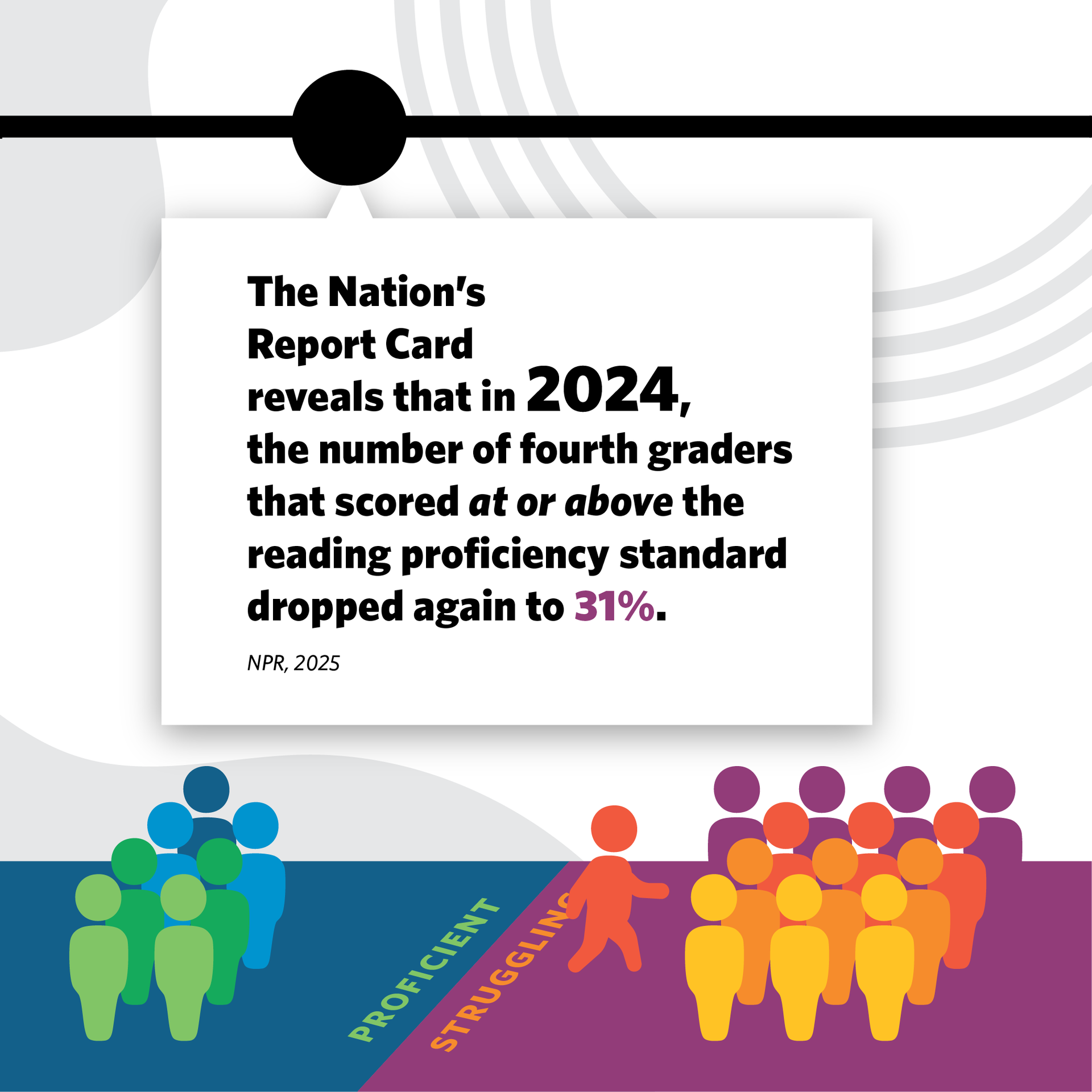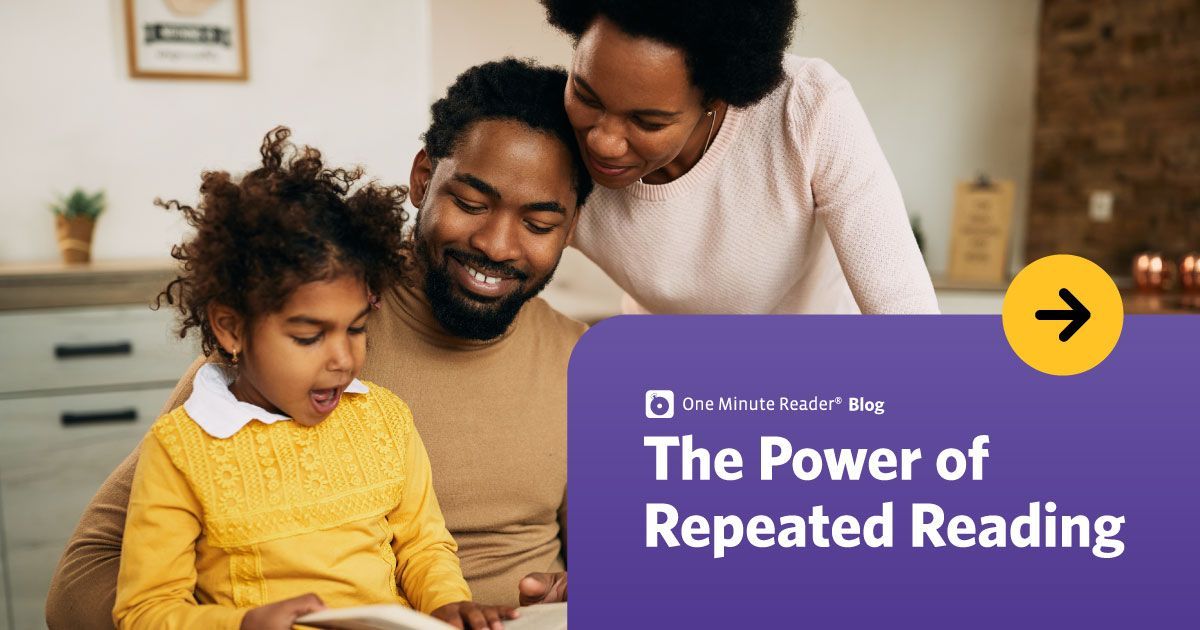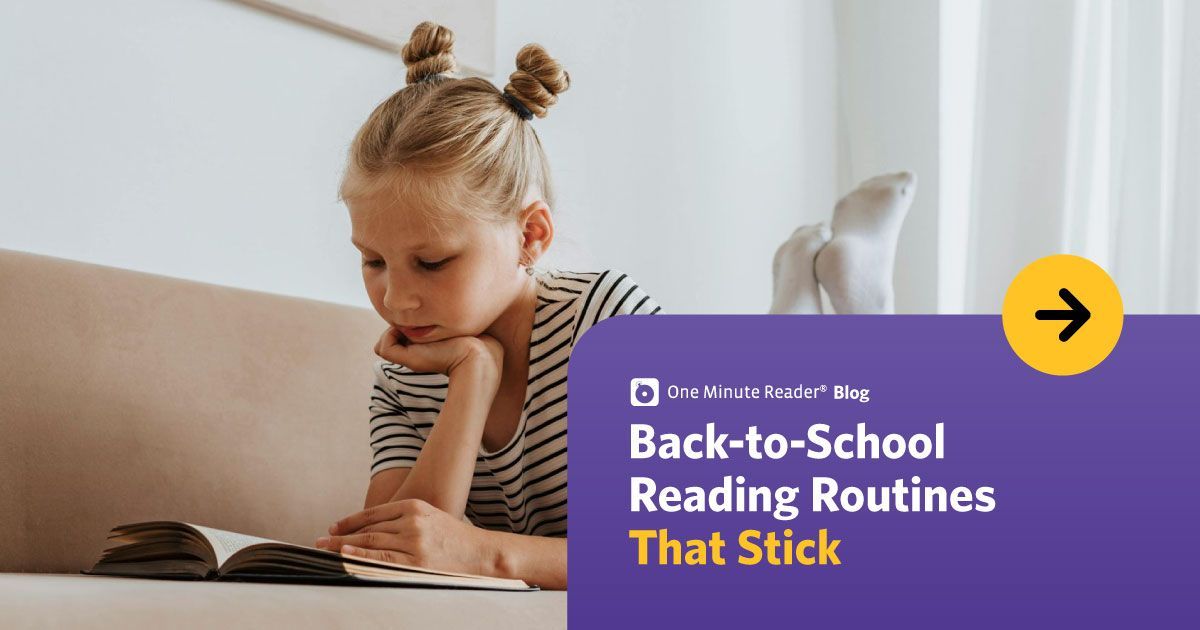Blog
Get Your Child Reading at Grade Level with One Minute Reader
Picture this: Your child just got home from school. You tell him to go read for 20 minutes while you get dinner ready. He grabs a book and a spot on the couch, and you smile as you hear the pages turn. When it’s time to eat you ask, “What did you read about?” Your child hesitates, fumbling to form an answer. Suddenly, you wonder—was he even reading? You start to worry: Is he struggling with reading? How can you make sure he’s actually practicing when you don’t have time to supervise every reading session?
You’re not alone. Many children across the country are reading below grade level, and their parents often don’t have the time or resources to give them the support they need.
Enter One Minute Reader. This independent reading program accelerates reading development through structured, scaffolded support using an evidence-based system. With One Minute Reader, it’s easy for parents to increase their child’s time spent actually reading.

What are the benefits?
Students…
- Expand knowledge base by reading interesting nonfiction text.
- Receive structured audio support to learn words and improve expression.
- Quickly experience success and an improved attitude toward reading.
- Engage in self-directed learning.
- Develop fluency, comprehension, and vocabulary skills.
- Gain confidence from seeing their scores improve.
Parents…
- Access detailed graphs and reports on their child’s performance.
- Feel confident that their child is receiving evidence-based reading support.
- Have more time to focus on their child’s other needs.
- Know that their child is spending more time actually reading.
How does it work?
One Minute Reader accelerates reading achievement by combining the research-proven components of the Read Naturally Strategy: teacher modeling, repeated reading, and progress monitoring. Children work at their own pace, progressing through an appropriate level of material as the program guides them step by step. They master each story by reading along with an audio recording and practicing until they can read it fluently. The program automatically tracks their progress, allowing for easy monitoring even when you don’t have time to sit down with your child as they read.
By making reading engaging and accessible, One Minute Reader bridges the gap between learning to read and reading to learn. Try it out for free!
Highlighted Posts
Ready to see an improvement in your child's reading?
Sign up today and get seven days for FREE.
One Minute Reader is just $8 per month after your free trial.


